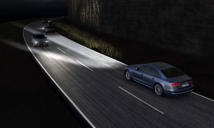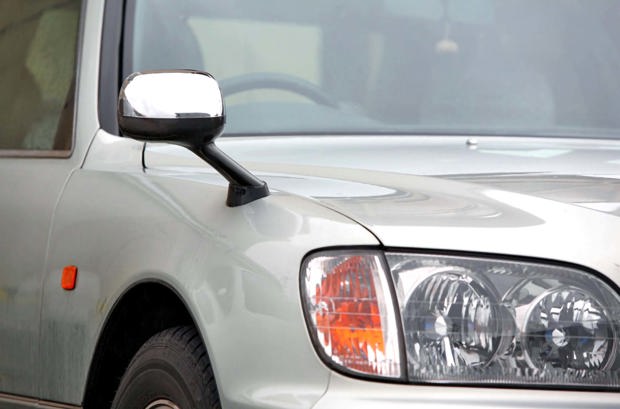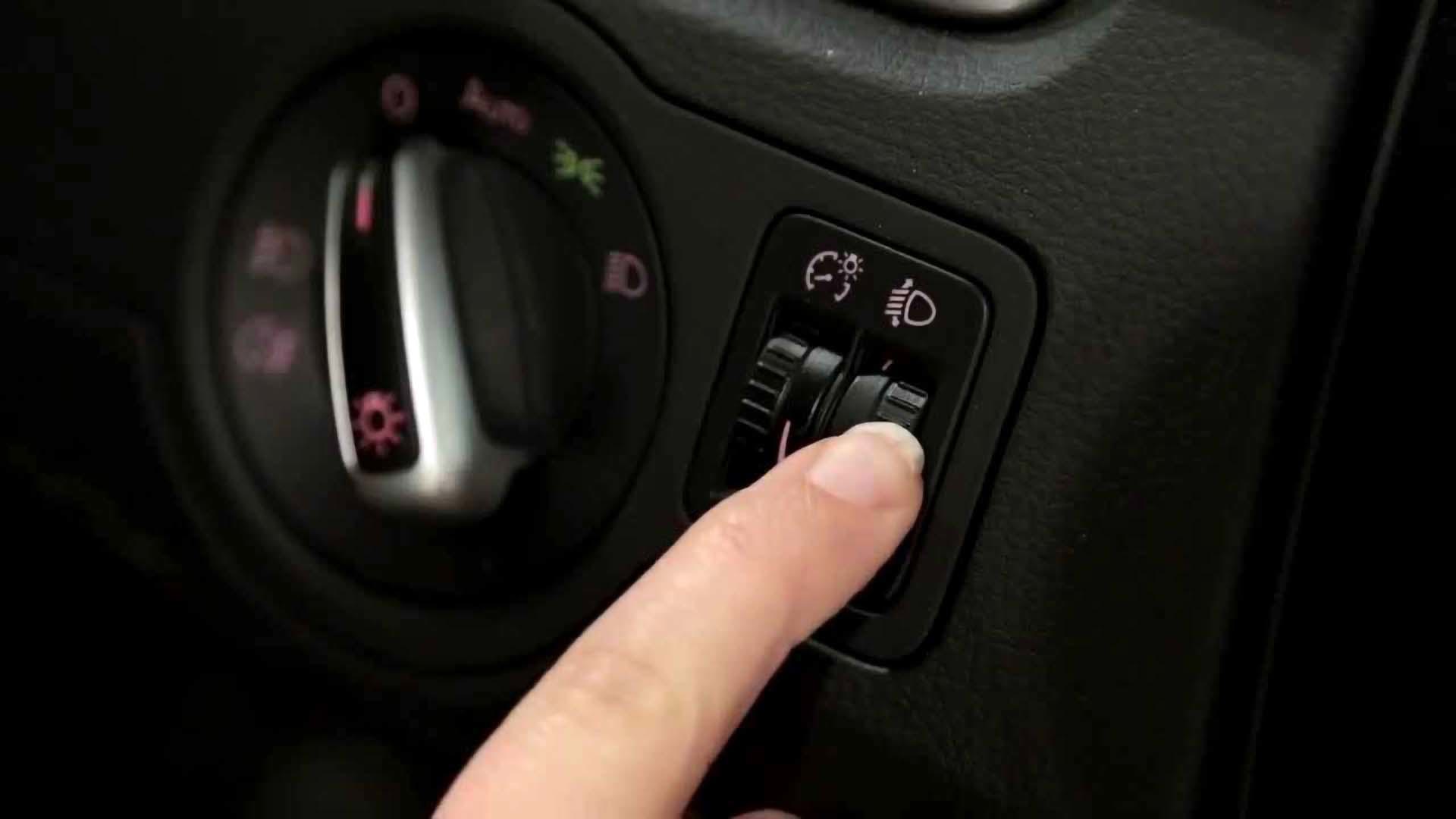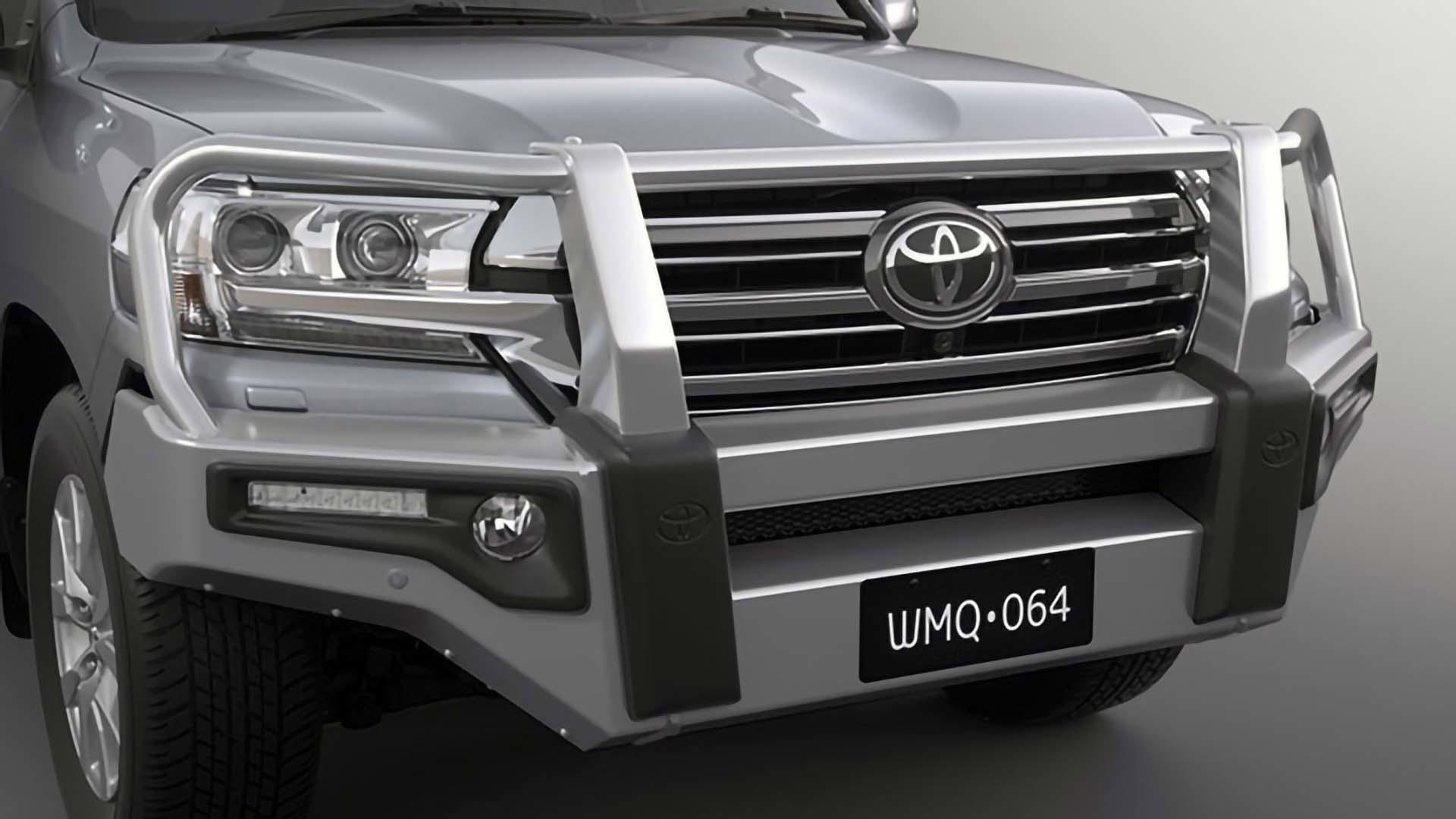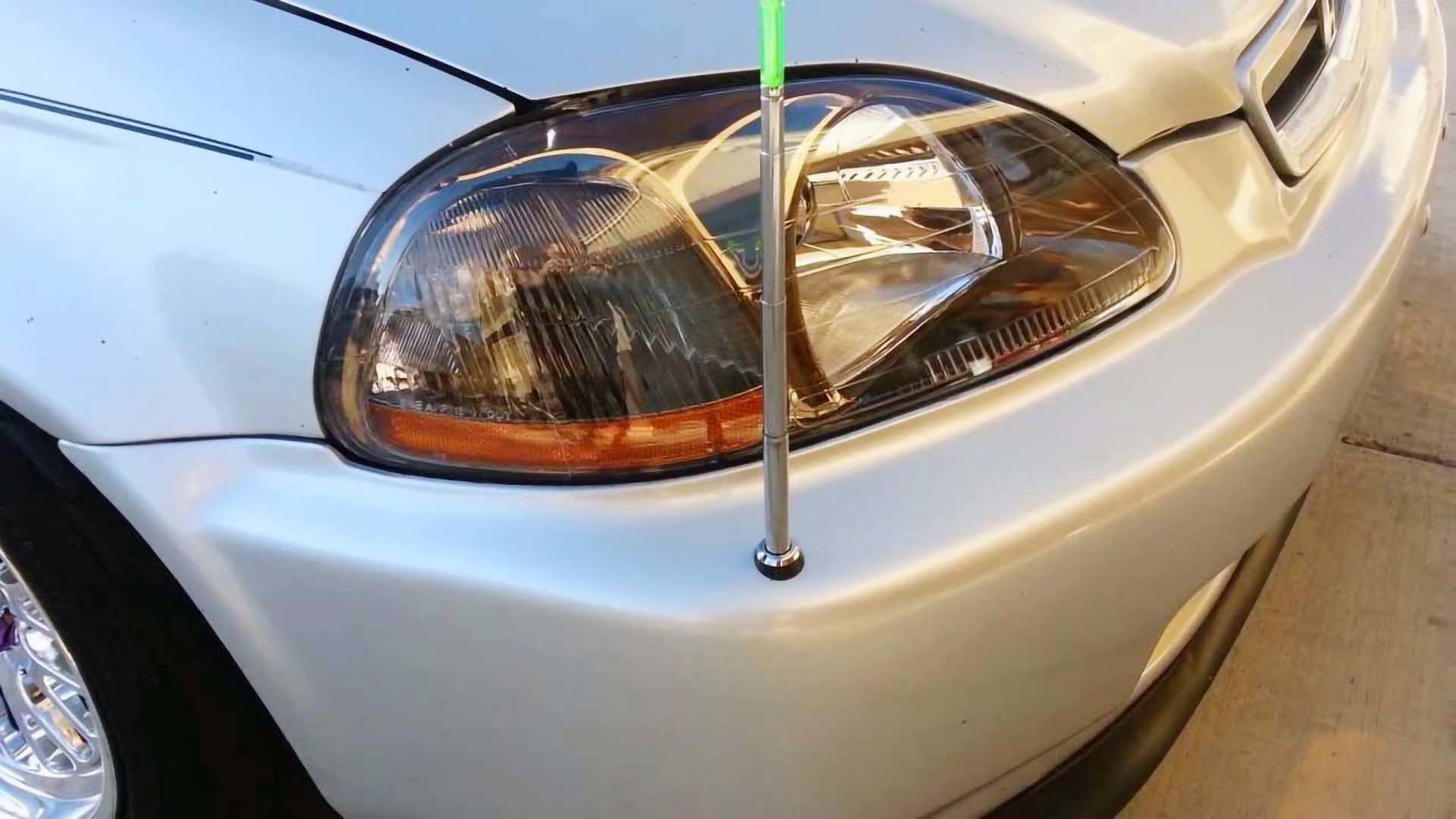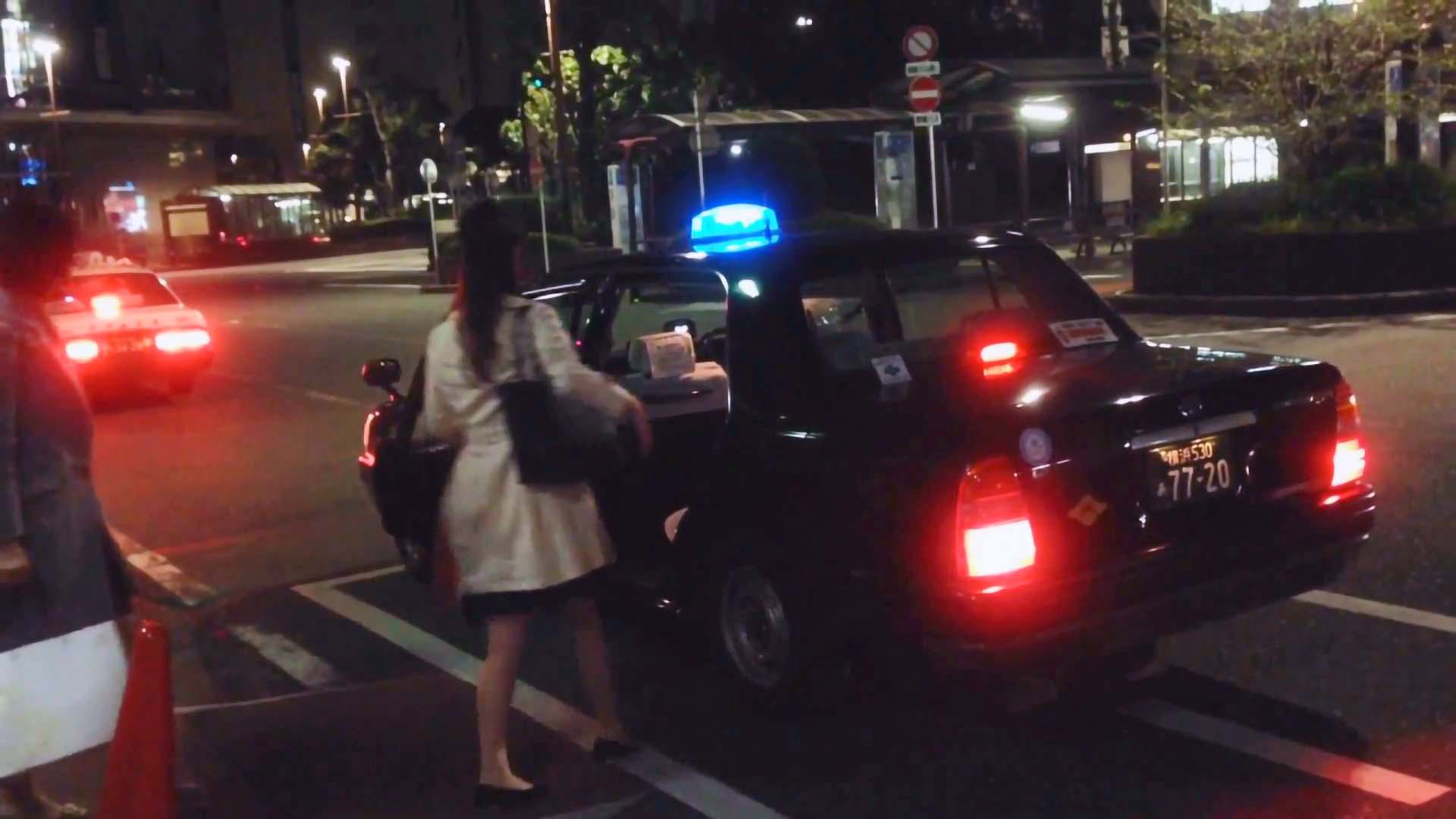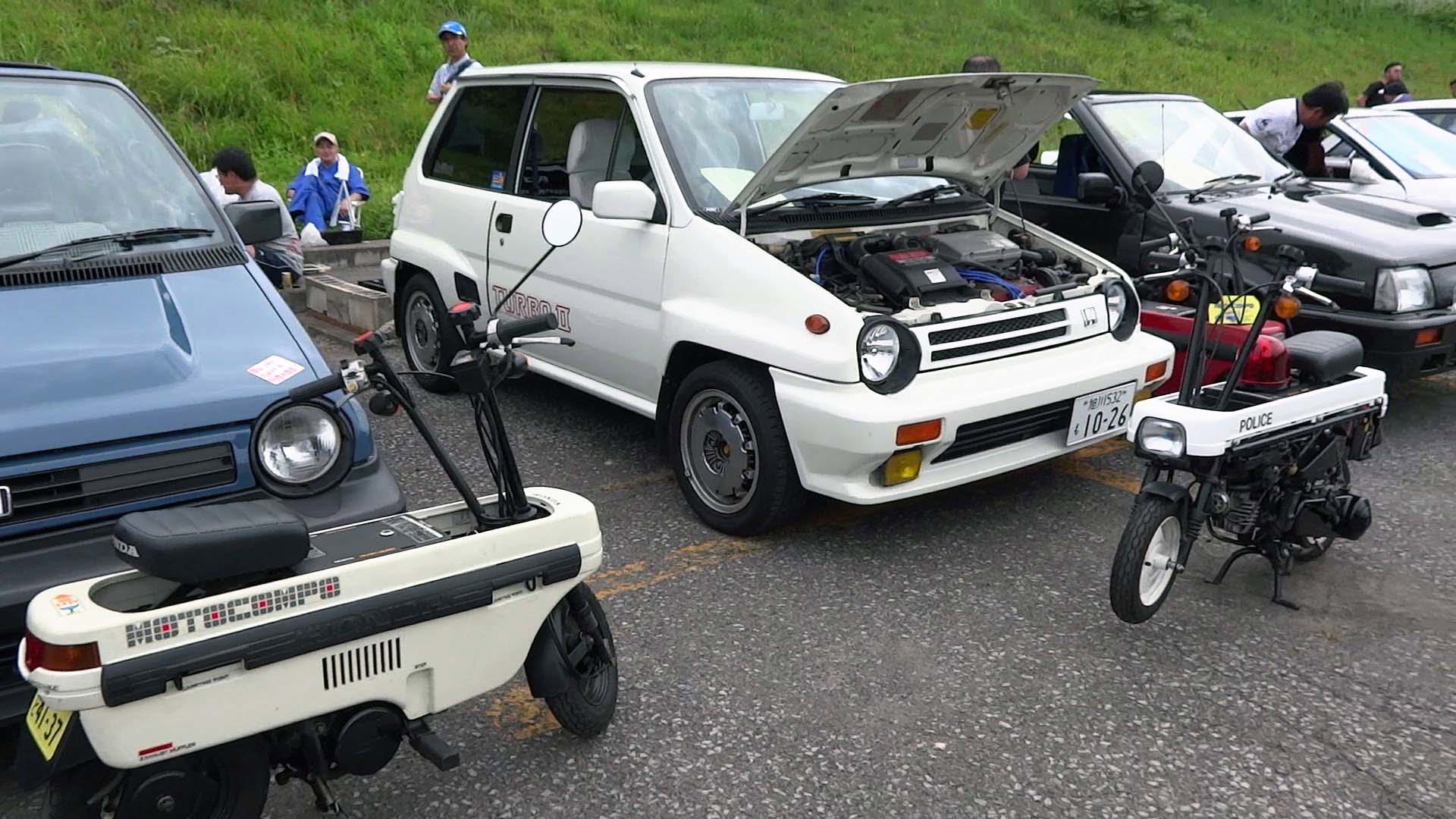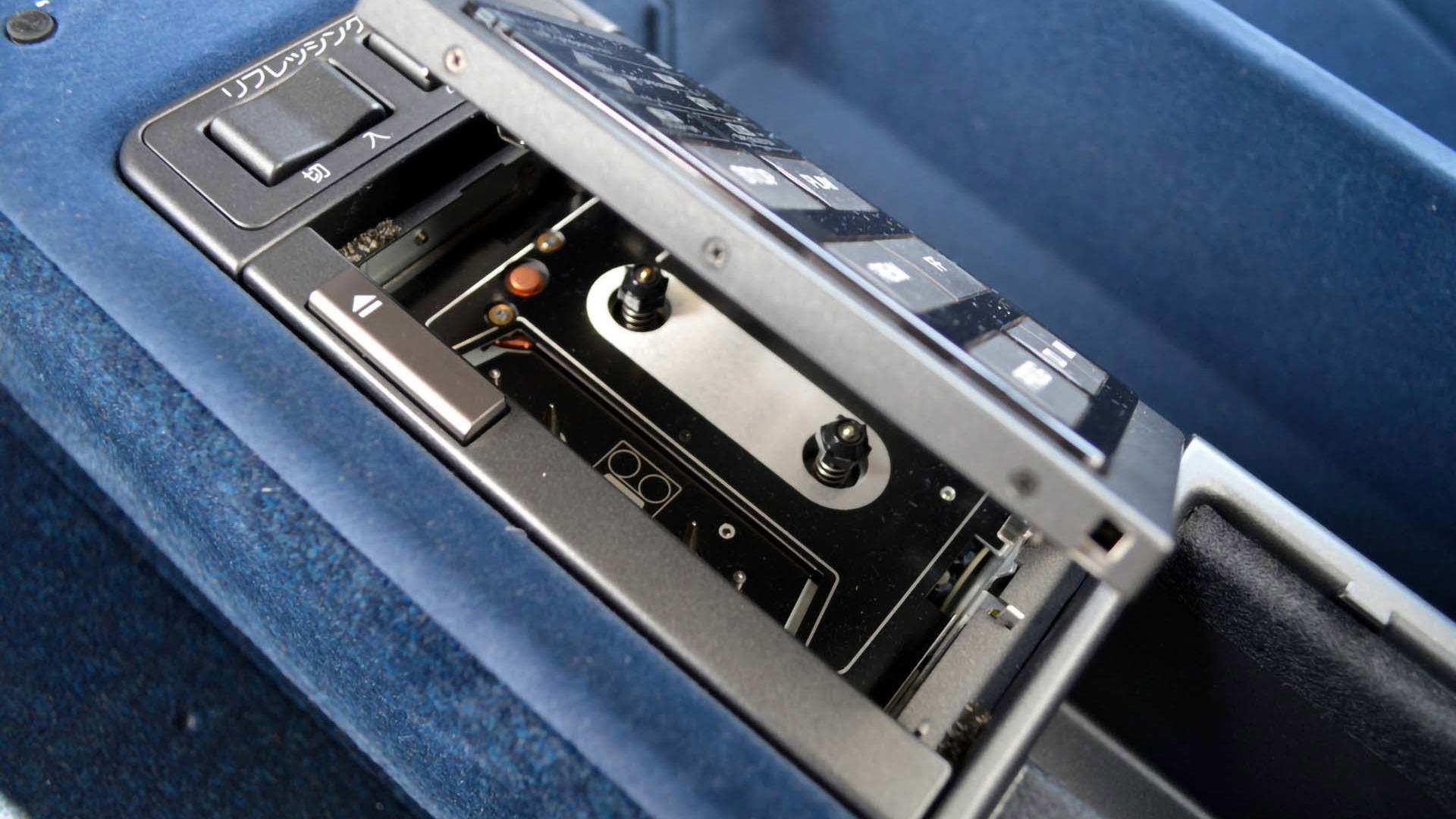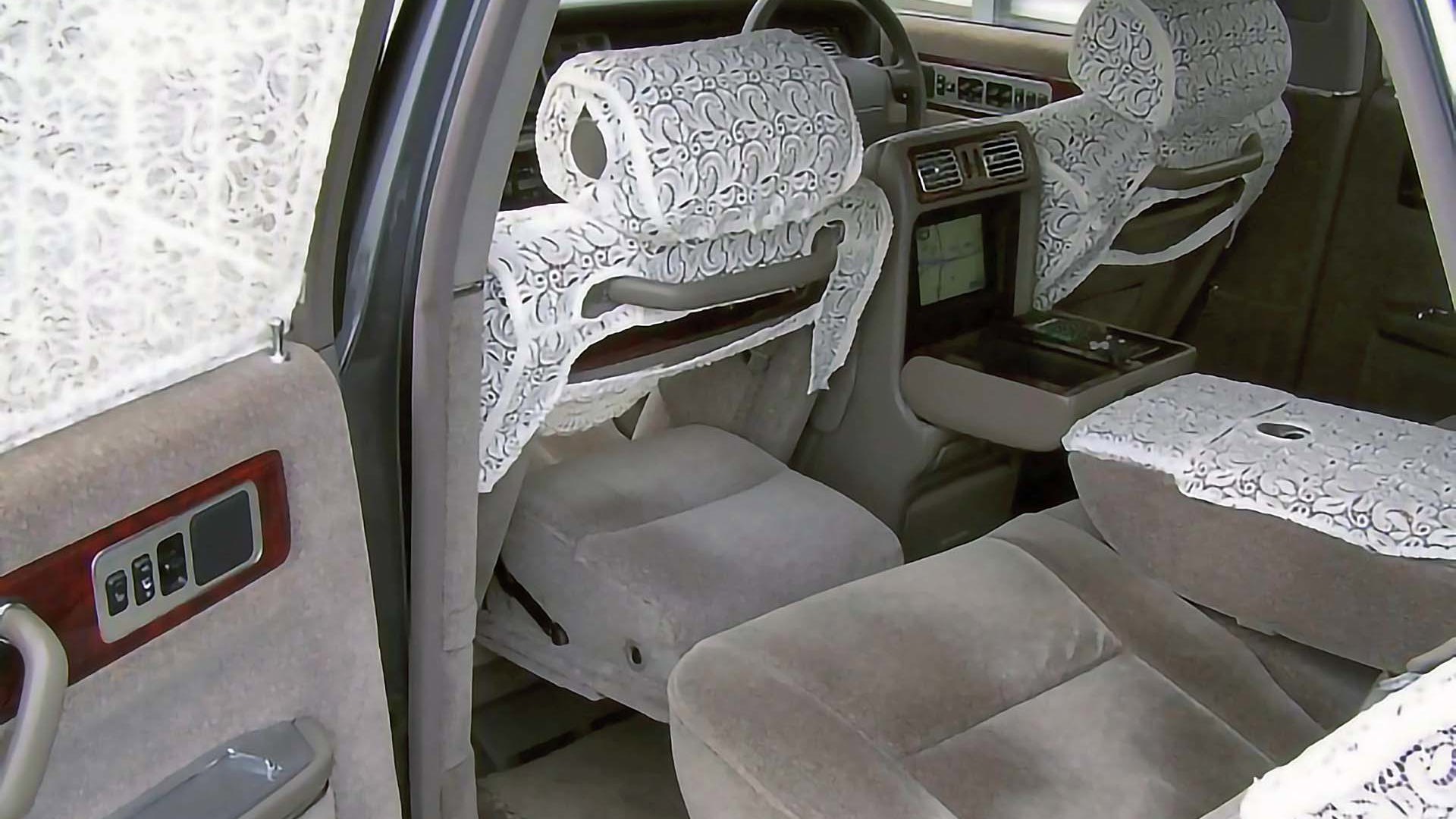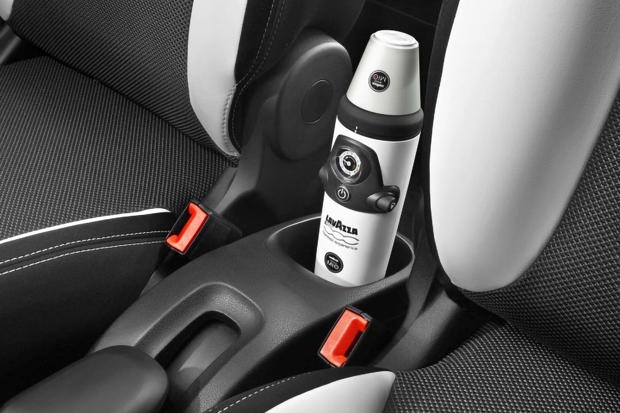Have you ever been on vacation in Europe or Asia and been confused by one or two unusual features in your rental car? Or have you instead been delighted to have discovered a convenience that you’d never previously considered, and then lamented the fact that you simply couldn’t order a similar option from any automaker in Canada?
Check out these 10 intriguing car features that were never offered in North America and let us know which ones you wish you could buy for your own vehicle.
Fender Mirrors
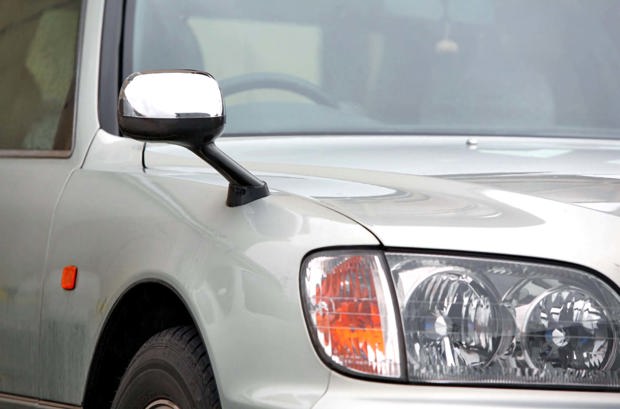
In Canada we’re all used to sideview mirrors being firmly attached to the driver and passenger doors, but this is far from a universal standard. In fact, the very first cars frequently came with a single side-view mirror, or none at all, with the standard passenger side unit being added rather late in the game.
Until 1983, the law in Japan was that side mirrors had to be attached to the front fenders of a vehicle, due to a law that required them to be viewed through the part of the windshield kept clean by the wipers. To this day, taxi cabs in that country maintain fender mirrors because drivers prefer the wide visual field that they have to offer as well as the fact that they don’t stick out nearly as much on Japan’s narrow streets.
Consumers, however, voted with their dollars and overwhelmingly chose passenger vehicles with door-mounted mirrors because they had a more “Western” look.
Selective-Dimming Headlights
Although auto-dimming high-beam headlights are nothing new – they’ve been around in some form or another since the 1960s – automakers outside of the US and Canada have been offering a much more advanced lighting system for several years. By detecting approaching vehicles, pedestrians, and even signage, it’s possible for vehicles to selectively block the emission of light and effectively create a “shadow” that prevents pedestrians and other drivers being blinded while still highlighting the road ahead. BMW, Opel, Ford, Volkswagen, Audi, and Mazda have all implemented these types of systems, but due to extremely restrictive regulations in the US concerning automotive lighting, none of them are for sale here.
In-Car Headlight Aiming
Ever had to aim a new set of headlights? In North America, this typically means popping the hood to access a set of frustrating plastic screws that control the height and angle of each individual light, but in Europe, well, just hit that scroll control on the dashboard and you’re in business. Useful especially when towing (where tongue weight can frequently lift the front of the vehicle upward), these manual lighting adjustments never made it over to our side of the Atlantic.
Bull Bars
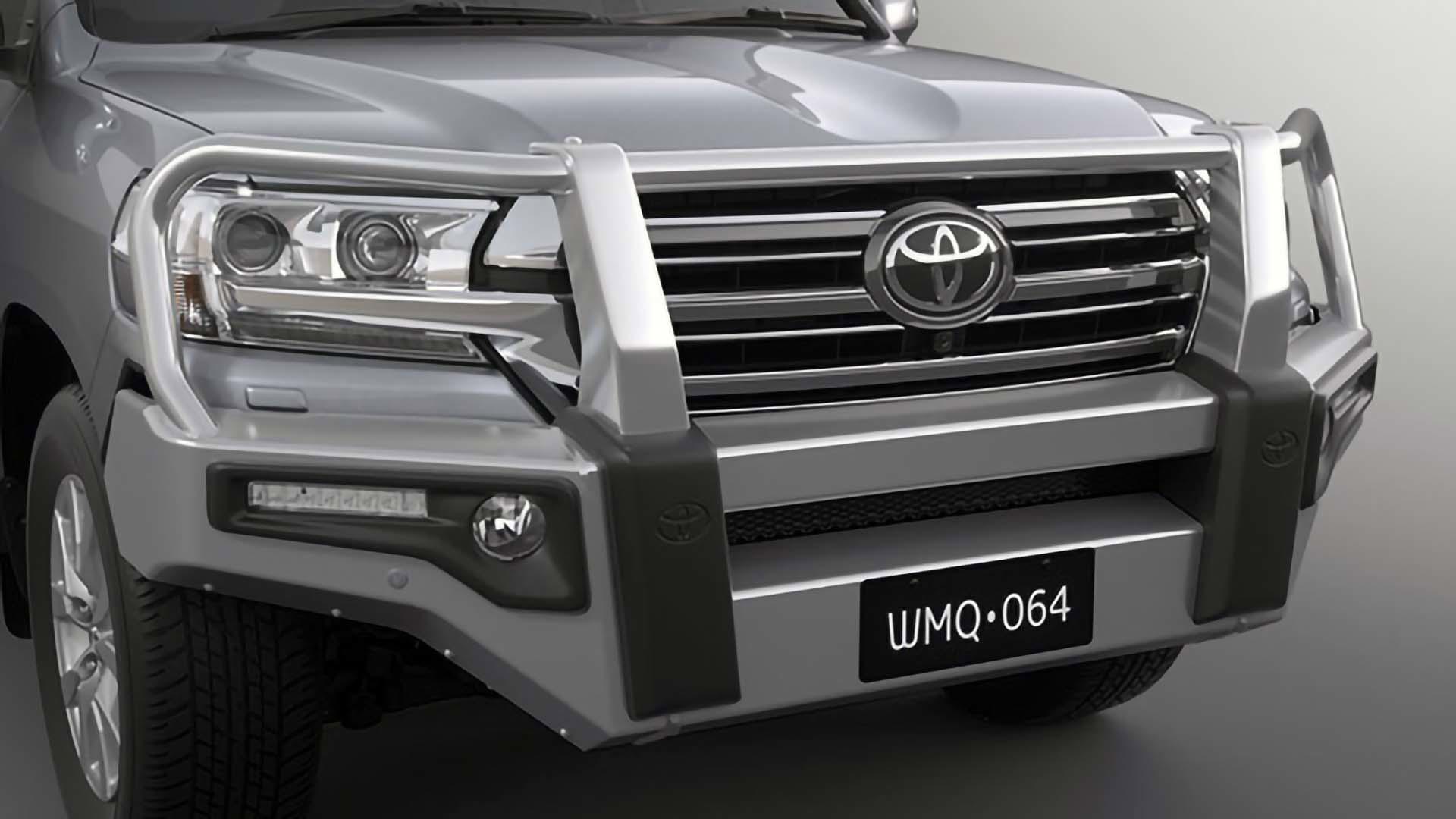
Off-road protective gear is a common aftermarket accessory for four-wheel drive vehicles, but in Australia, things are a little more serious. Outside of major urban areas, it’s not always possible to avoid making contact with wildlife crossing the road, especially at night or if you are towing a trailer that restricts braking and handling.
This is why bull bars (also called “roo bars”) are a common option available at nearly any dealership that sells trucks or utes. What’s the difference between these bars and what you’d find in a JC Whitney catalogue? Companies like Toyota, for example, actually engineer their bull bars to work with their airbag systems to make sure that the cushions are still deployed in a serious incident regardless of the extra protection on offer.
Parking Poles
Wouldn’t it be great if you could push a button and have tiny little guiding poles stick up from your front fenders to help you ease in and out of a tough parking spot? Companies like Honda and Mercedes-Benz certainly thought so, as each have made vertical parking poles available on a range of different models. Granted, some of the S-Class parking assistants were fixed (and slid into a mounting tab on the front bumper), but surprisingly some affordable cars like the Honda Civic featured power parking poles in the Japanese market.
Automatic Door Openers
Yet another convenience innovation from Japan is also a safety feature used extensively in taxis and limousines: the remote opening passenger door. Drivers are able to trigger a remote opener that not only satisfies their customer’s urge not to have to touch the germ-laden handle of the vehicle, but it also shepherds them to the curb without the risk that they’ll open the traffic-side door and be struck by a passing motorist. Somehow this technology has never been adapted by any taxi fleet operating in North America.
Integrated Scooter
The Honda City was a tiny hatchback that provided owners with an easy-to-part runabout perfect for the crowded streets of any Japanese metropolis. This makes it even weirder that Honda felt the need to offer an integrated scooter as an option with the sub-subcompact. Dubbed the Motocompo, it could be folded up and lodged in the City’s cargo area when one wasn’t taking advantage of its 2.5 hp engine. Needless to say, no other company followed Honda’s lead here in North America, although one could argue that there’s room for a pickup-bed ATV option on the market.
Rear-Seat Cassette Player
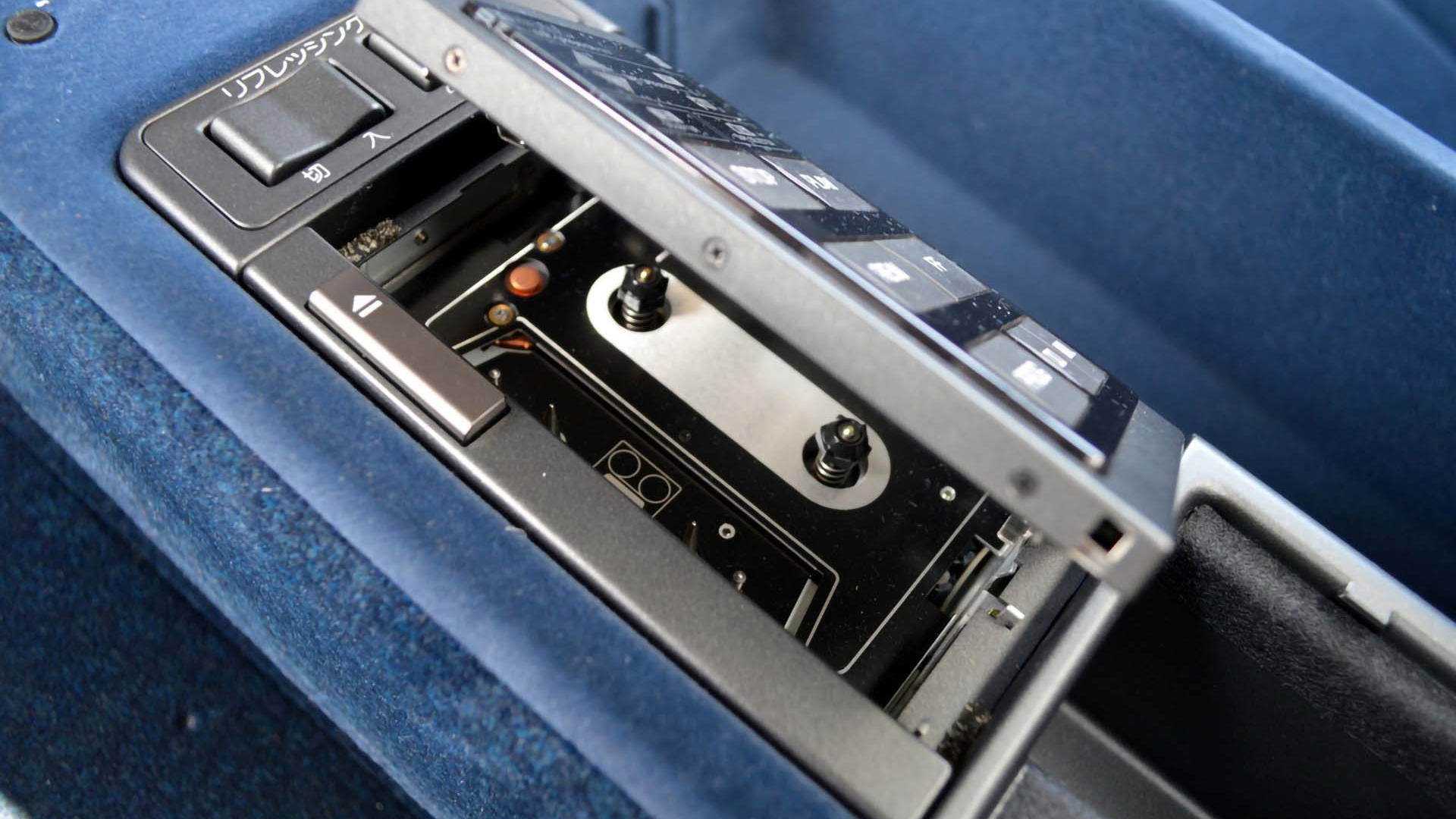
Today, rear-seat infotainment systems are all the rage, but Toyota beat everyone to the punch with the cassette player it offered, integrated into the back row of the Crown sedan’s centre console. Is there anything more retro-cool than the hipster-baiting presence of back-seat tape deck? We don’t think so – and Toyota never brought one to the US or Canada.
Passenger Seat Trapdoor
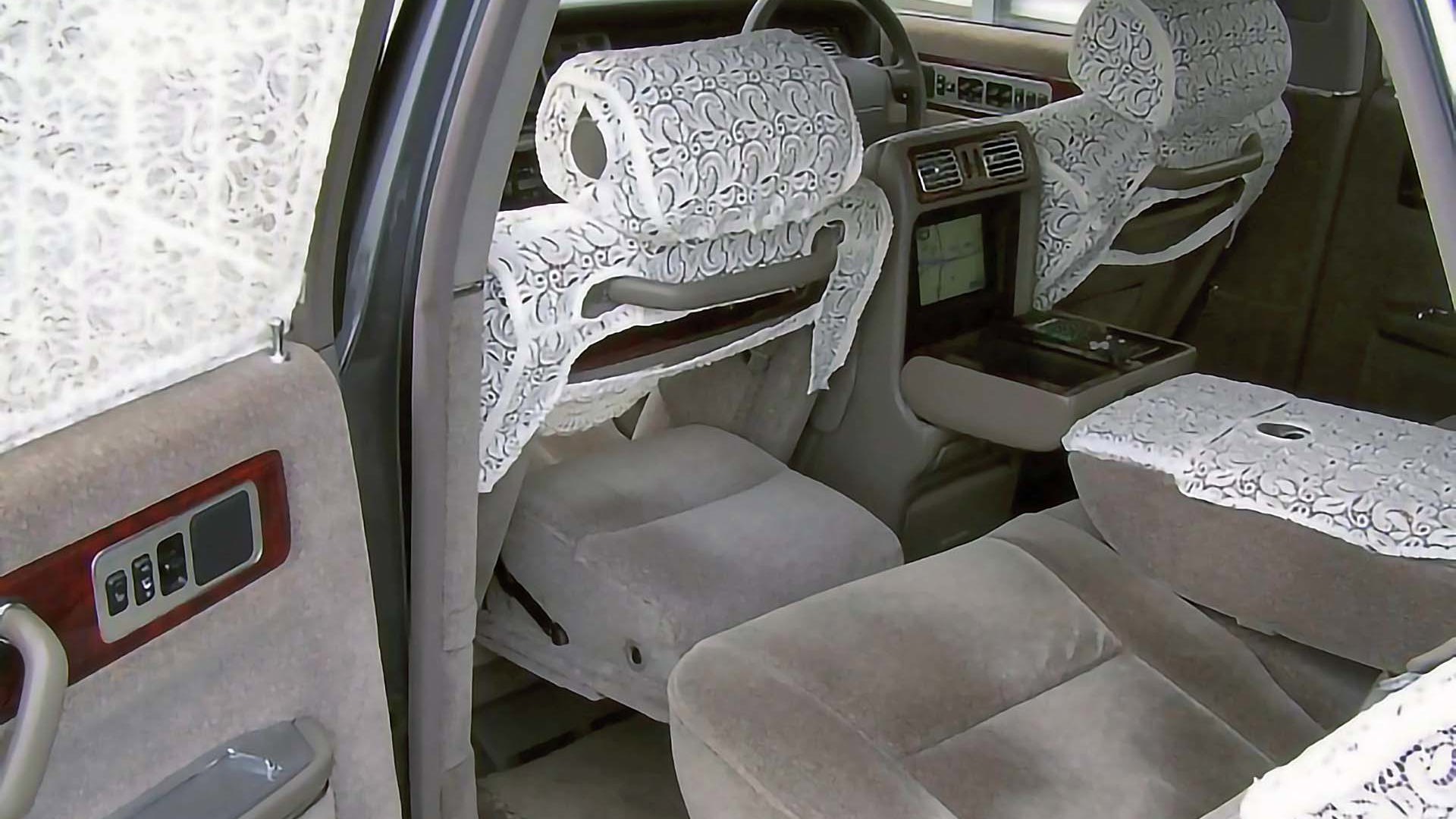
Not enough leg room in your executive sedan? Not a problem thanks to Toyota (once again), which outfitted its top-level Century four-door with “pass-through” seating. This unique feature drops the front passenger seatback cushion down to create a padded cubby hole for rear riders who want to stretch out. Sure, the chauffeur gets to deal with your smelly socks, but they won’t say anything if they want to keep their job, right?
Espresso Machine
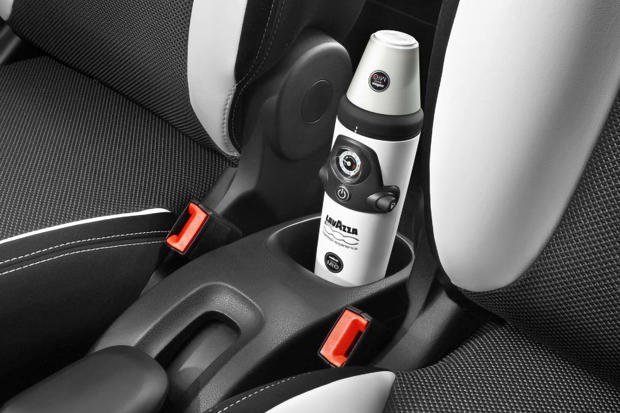
If you live in Europe, and you own a Fiat 500L, you can buy an espresso machine from Lavazza that sits in the front cup holder and brews up shots of ultra-caffeinated, super-hot liquid while you drive. Presumably, Fiat-Chrysler’s law department got one look at the 500L options sheet and collectively had 44 heart attacks before drawing the world’s largest red “X” over this particular feature for North Americans.
